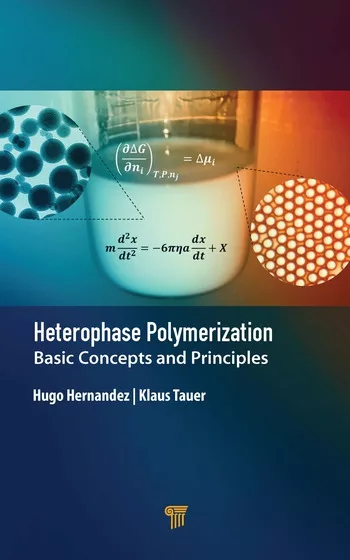Ask Dr. Dave
March 2004

Questions for publication should be directed to Dr. Dave Dunn at 242 Trails End, Aurora OH 44202. 330-562-2930. FAX 253-681-8460, e-mail DrDave242@att.net .

Question: What is the difference between a liquid gasket maker and a gasket dressing? Can I use silicone as a gasket dressing?
Answer: Most modern industrial and automotive gaskets are pre-formed by molding them from rubber. However, liquid gaskets have been available for many years and are often called "form-in-place" gaskets. The most common types are RTV silicones and anaerobics. In general, the flexible silicones are used where some flange movement is expected in an assembly, and anaerobics are used for very rigid assemblies. Pre-formed and liquid gaskets create seals in different ways - a pre-formed gasket relies on compression to make a seal, whereas a liquid gasket is applied between flanges just before assembly; it completely fills the space between flanges and does not require compression. Recent developments in gasketing include the capability to apply a liquid gasket to one flange and then cure it in place to form a part with a gasket already on it. Such so-called "cure-in-place gaskets" are cured by heat or UV radiation. Gasket dressings were historically used on cork gaskets and, later on, rubber gaskets to seal any porosity or to fill any residual space caused by surface imperfections on the flanges or the gaskets. They are often formulated using drying oils, resins and fillers, and are sold as hardening and non-hardening types. Although some product brand names imply that they actually form gaskets, this is not the case; they supplement a pre-formed gasket. Yes, you can use a silicone in many cases as a gasket dressing, but gasket dressing compounds are usually more cost effective.Question: I use a superglue-type product at work for bonding metals and plastics with great results, but when I take some home or buy it in a hardware store, I find it doesn't seem to work on materials like wood or paper. Why is this?
Answer: Until recently, most superglue instant adhesives (cyanoacrylates) did have some limitations on what they would bond, such as paper and wood (as you mention), and certain plastics like polyethylene and polypropylene. Since many household items and toys are made out of these materials, this led to some failures in repair projects. However, some manufacturers are now offering versions that will bond all types of plastics as well as wood and paper. The products for plastics usually come with a surface primer. You should avoid just buying a generic low-cost product and read the packages carefully to choose the right product. Although I would highly recommend new products for plastics bonding, if you want to bond only paper or wood for woodworking or crafts projects, I would personally choose a latex adhesive or a hot melt.Questions for publication should be directed to Dr. Dave Dunn at 242 Trails End, Aurora OH 44202. 330-562-2930. FAX 253-681-8460, e-mail DrDave242@att.net .
Looking for a reprint of this article?
From high-res PDFs to custom plaques, order your copy today!





